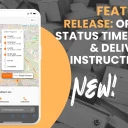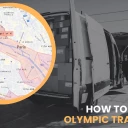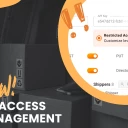Vehicle Routing Problems: VRP Essentials Guide
Updated on
January 05, 2024
by
Yulia Miashkova

Routing logistics plays a crucial role in the seamless operation of any fleet, and the vehicle routing problem (VRP) lies at the heart of effective transport routing. Whether you're managing a truck fleet, a delivery service, or any commercial vehicles, the decisions you make in routing impact the overall efficiency of your operations.
In this article, we'll explore key considerations in commercial vehicle routing, steering clear of common pitfalls and introducing features that enhance the process.
Understanding the Vehicle Routing Problem (VRP)
Before delving into the intricacies of commercial vehicle routing, it's essential to grasp the concept of the vehicle routing problem and to understand what VRP actually is.
VRP refers to the challenge of determining the optimal routes for a fleet of vehicles to fulfill a set of delivery points, considering various constraints and objectives.
Now, let's explore how to navigate the complexities of routing logistics to ensure your commercial vehicles are on the right track.
The Significance of Commercial Routing
Commercial routing involves more than just finding the shortest path from point A to B. It requires making informed decisions based on the unique characteristics of each commercial vehicle, such as load capacity, vehicle type, and specific restrictions.
Neglecting these factors can result in inefficient routes, underutilized vehicles, and ultimately, increased operational costs.
Avoiding Common Mistakes in Commercial Vehicle Routing
Prescheduled vs. On-Demand Delivery:
The surge in demand for on-demand same-day delivery options has reshaped commercial routing dynamics. However, relying solely on on-demand delivery can lead to increased restrictions and costs.
Utilizing route planning software, like Track-POD, allows you to optimize costs by planning routes in advance. This not only ensures efficient routes for prescheduled deliveries but also enables you to offer cost-effective solutions and even free delivery.
Tailoring Routes to Each Vehicle:
One-size-fits-all routing is a common mistake that leads to underutilized vehicles and inefficient operations. Commercial routing demands tailoring routes to the specifications of each vehicle, considering factors such as maximum weight, temperature, and the number of pallets.
Route planning software, such as Track-POD, leverages AI to optimize the load in each vehicle, ensuring maximum efficiency and resource utilization.
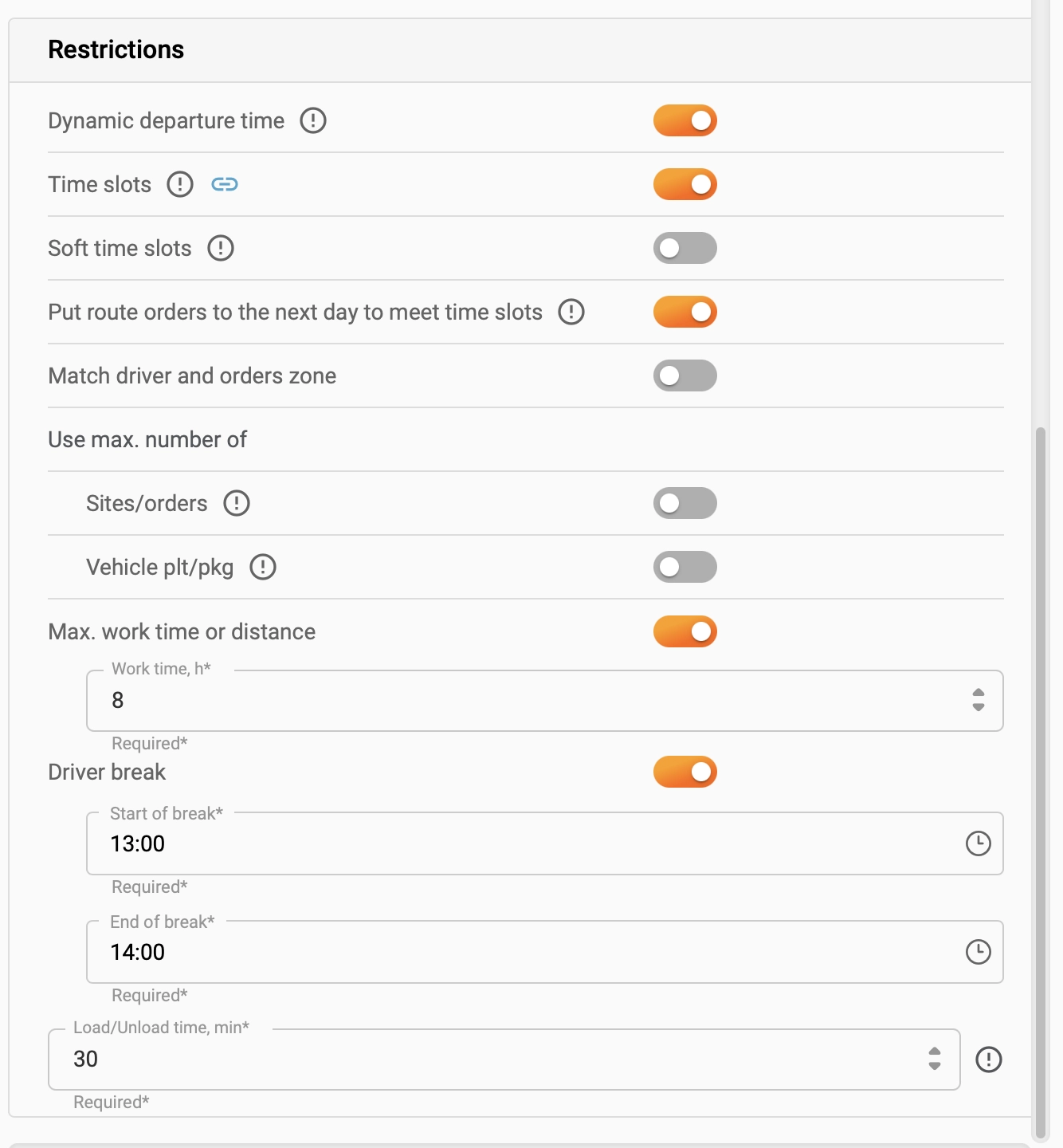
Integrating Load Checks into Routing:
Load checks are a critical aspect often overlooked in the routing process. Combining load checks with routing ensures that drivers verify cargo before hitting the road, minimizing the risk of delivering the wrong goods.
Features like QR or barcode scanning in mobile apps facilitate quick and effective load checks, contributing to improved customer satisfaction and successful deliveries.
Proactive Vehicle Maintenance:
Separating vehicle maintenance from routing poses a risk to operational efficiency and incurs unnecessary costs. Integrating vehicle checks into the workflow, with drivers providing real-time data on their vehicles, allows for proactive maintenance.
Track-POD's mobile driver app facilitates this process, enabling managers to set parameters and receive instant notifications of any issues, promoting safe routing and minimizing repair costs.
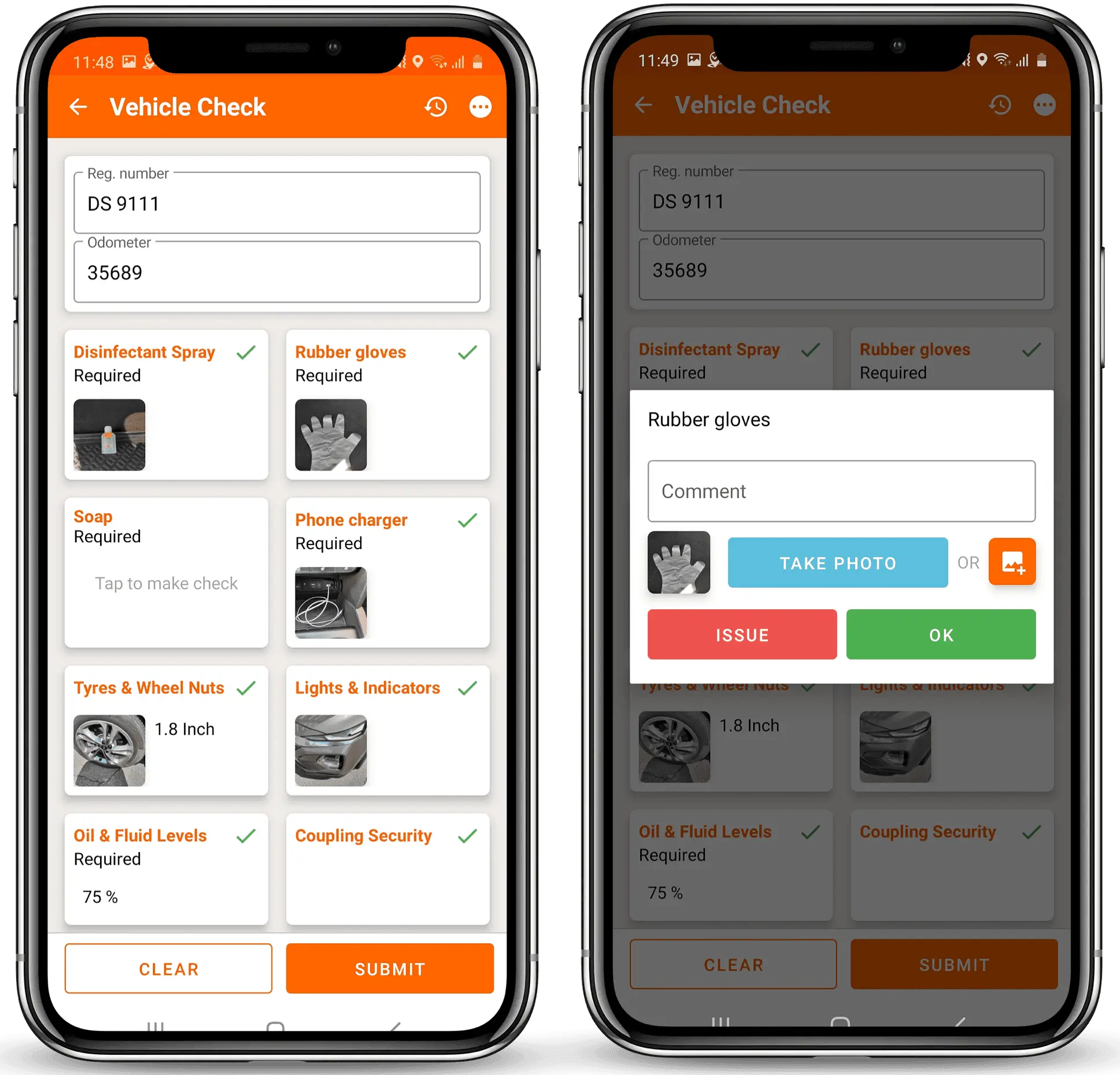
Harnessing GPS Beyond Navigation:
GPS technology is not just for navigation; it plays a crucial role in real-time vehicle tracking.
Utilizing GPS tracking data beyond driver navigation ensures efficient dispatching, enables tracking of all couriers on the map, and enhances customer experience through features like tracking and tracing.
Choosing apps that leverage GPS technology provides a comprehensive solution for both navigation and real-time tracking.
To Sum It Up
Routing commercial vehicles poses challenges, but with the right approach and tools, it becomes a strategic advantage.
By understanding the VRP, tailoring routes to each vehicle, incorporating load checks, proactive vehicle maintenance, and harnessing GPS data, you can navigate the complexities of commercial routing successfully.
Track-POD's features, powered by AI and GPS technology, exemplify how cutting-edge solutions can transform commercial vehicle routing into a streamlined and efficient process.
If you seek data-driven routing solutions for your fleet, explore the possibilities with Track-POD and pave the way for success on the roads.

